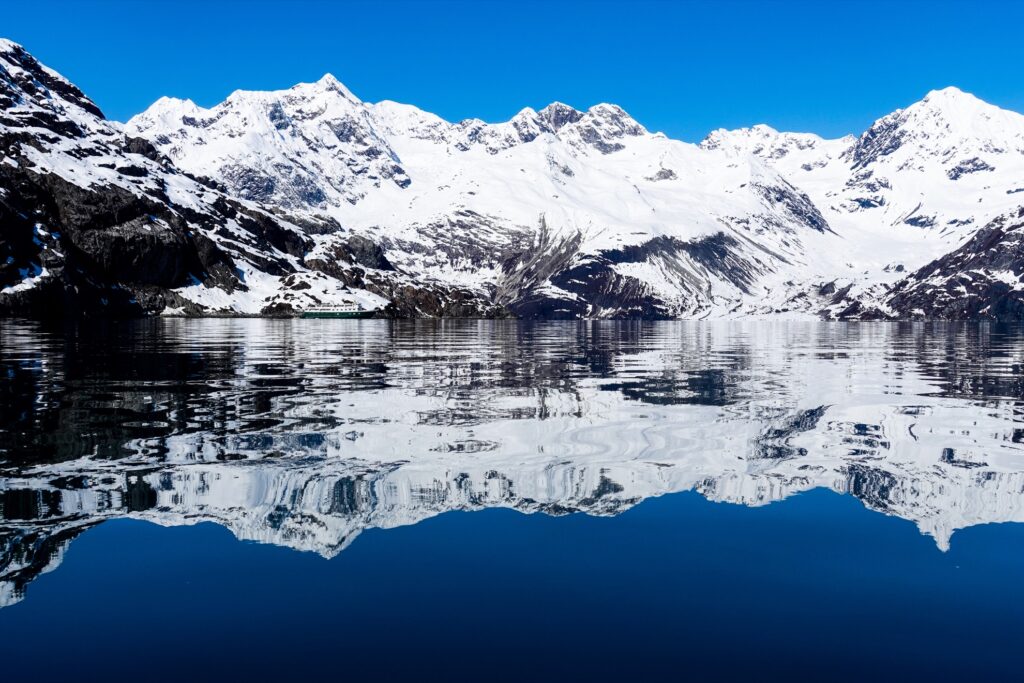It’s 1:30 a.m. and there’s a knock on my cabin door. It’s a crew member with news: The Northern Lights are now visible from the bow of the ship — do I want to see them? In a sleep-laced fog, I don a warm jacket over my nightclothes and head out for a first glimpse of the lights.
Simply spectacular! We’re at the entrance of Glacier Bay National Park near Juneau, so the lights are not as vibrant and plentiful as they would be further north in Alaska or the Yukon, but I’m not complaining.
Alaska’s biggest draws are the vast wilderness, solitude, and wildlife sightings, and on the first day of our UnCruise experience, we head north to Glacier National Park, stopping at Bear Track Cove to “bushwhack” through the Tongass Forest.
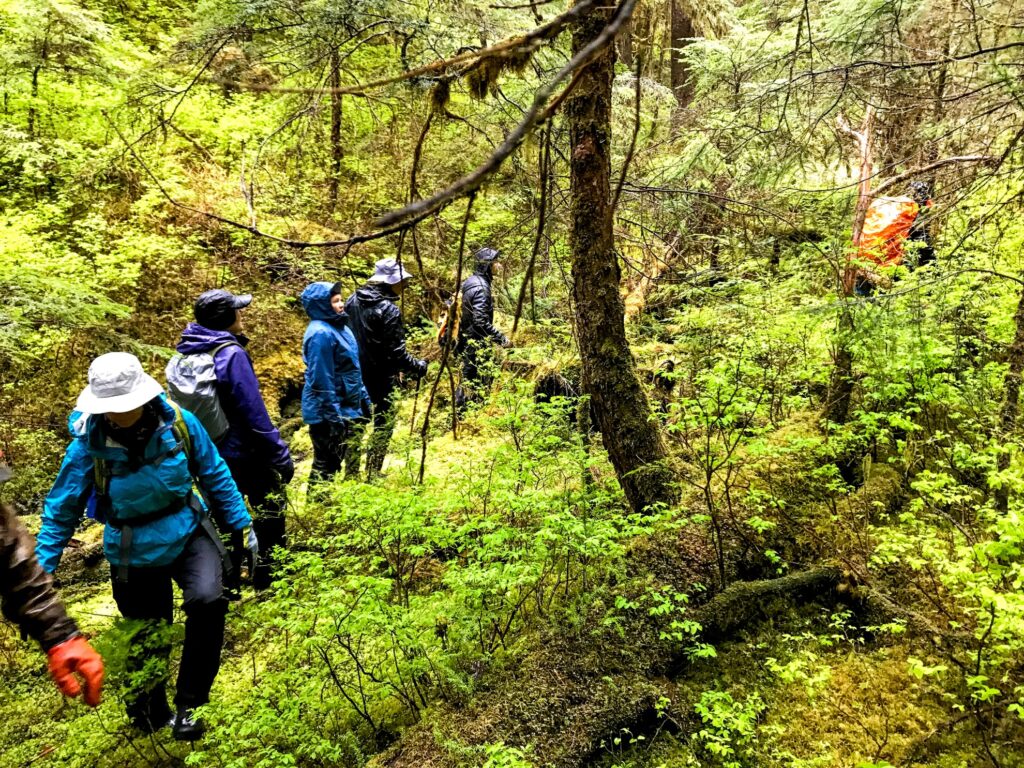
Contents
Alaska, Raw And Untamed
Dressed in layers of clothing and long boots we descend into the forest. This is a world unknown to me. Hemlock, spruce, and red and yellow cedar trees surround us; spongy green moss and ferns cover the ground and many trees are draped in lichen. We’re here, in one of the largest temperate forests in the world. There are no marked trails and we are all totally sensitive to the living ecosystem through which we trod, placing our footsteps where perhaps no one else has walked.
At one point I lose my footing and plow into a fellow hiker; luckily no one is injured. Here’s a bit of sage advice: Don’t think you might break your fall by grabbing a branch or tree, because there’s no guarantee it won’t uproot, after all, it’s a rainforest. Everything is very damp.

During my second bushwhacking excursion, it rains as we enter the forest. We crawl under logs, push branches aside, step through streams — and I love every minute of it. My footing is a little better now and this time I don’t take anyone else down when I fall.
I can’t shake the feeling that we might spy Hobbiton around the next bend. Yes, the lush greenness here invokes visions of the Shire in Lord of the Rings. Our guide Allison points out bear scat and finds wolf hair in a tree; we see wild mushrooms, orchids, and wild berries peeking through the moss. It’s the beginning of May; the forest and its natural habitants are waking up.
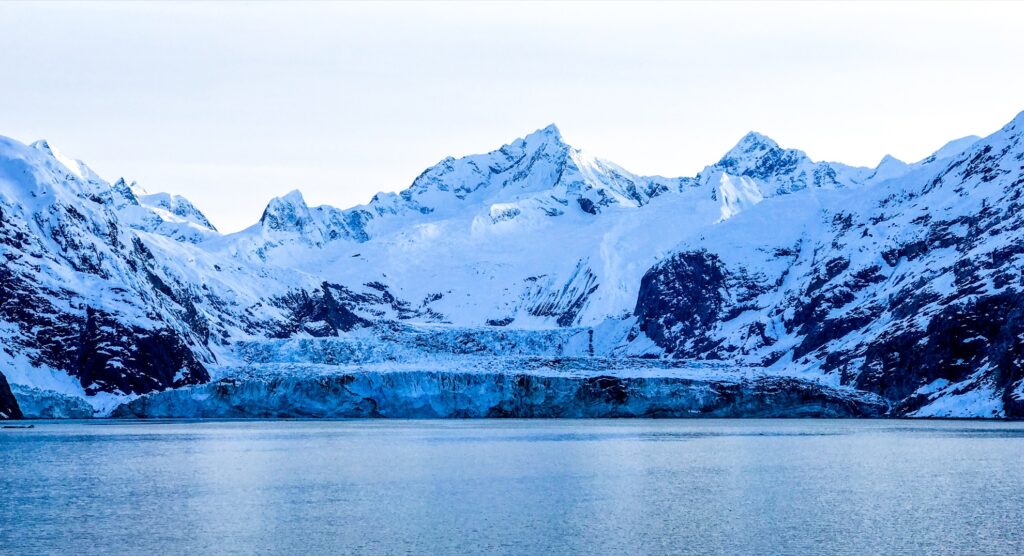
Getting Up Close To Glaciers
On our glacial-viewing journey north aboard the UnCruise Wilderness Explorer, we pick up National Park Ranger Nicole Schaub. After dinner, in the chill of the evening, we stop at John Hopkins Inlet to see the John Hopkins Glacier. It’s 12 miles long and confirmed as being one of the few glaciers that is still advancing rather than shrinking. In the distance we can hear the John Hopkins Glacier calving — it makes a thundering sound as ice falls off into the water.
Ranger Nicole explains that the harbor seals come here every summer to give birth, and their babies can weigh up to 35 pounds. Why this particular spot? Nicole told us the glacier’s ice has compacted over time; when it breaks off and enters the water, it’s carbonated, so it makes a sound that provides acoustic camouflage, warding off the harbor seals’ killer whale predators.
Nicole’s enthusiasm for and knowledge about the park is infectious, and we spend a few hours in the cold enjoying her talk and the views.

The next morning, I feel excitement surge through me as we prepare to kayak to Lamplugh Glacier. This is a magnificent sight but like most glaciers, sadly it’s receding. The impacts of climate change are visible everywhere. Dan, my kayaking partner and guide, points out that we should avoid the floating ice as some pieces are large and deep.
At one point I see an otter poke its head out of the blue shimmering water then disappear.
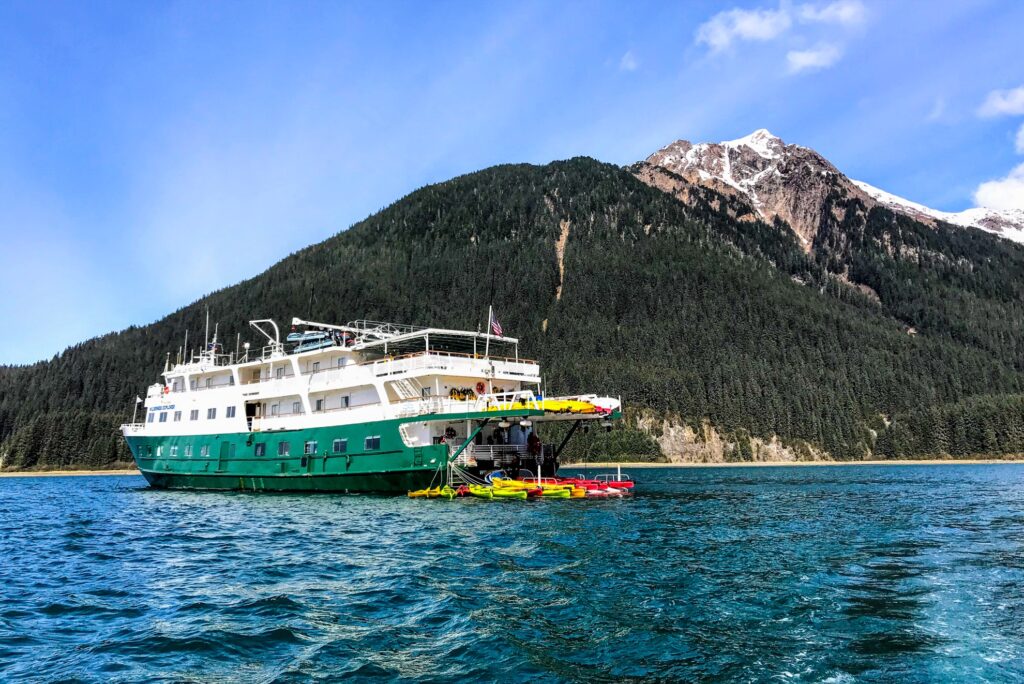
Wildlife, Solitude, And Forests
A few days into the cruise, I feel my body relaxing. I’m overcome with a sense of tranquility. During our cruise, we were the only humans in the area. But that was not always the case. Many years ago, the Huna Tlingit people lived in the Glacier Bay area. They were forced from their homes by glacial advances. Eventually, they returned when the ice retreated in the 1800s. They’ve spent most of the 20th century in conflict with the National Park Service over hunting rights in their ancestral lands around Glacier Bay. Recently, peaceful solutions allowed for the construction of the Huna Tlingit Tribal House in Bartlett Cove, affording the Tlingit people a gathering place on their ancestral lands.
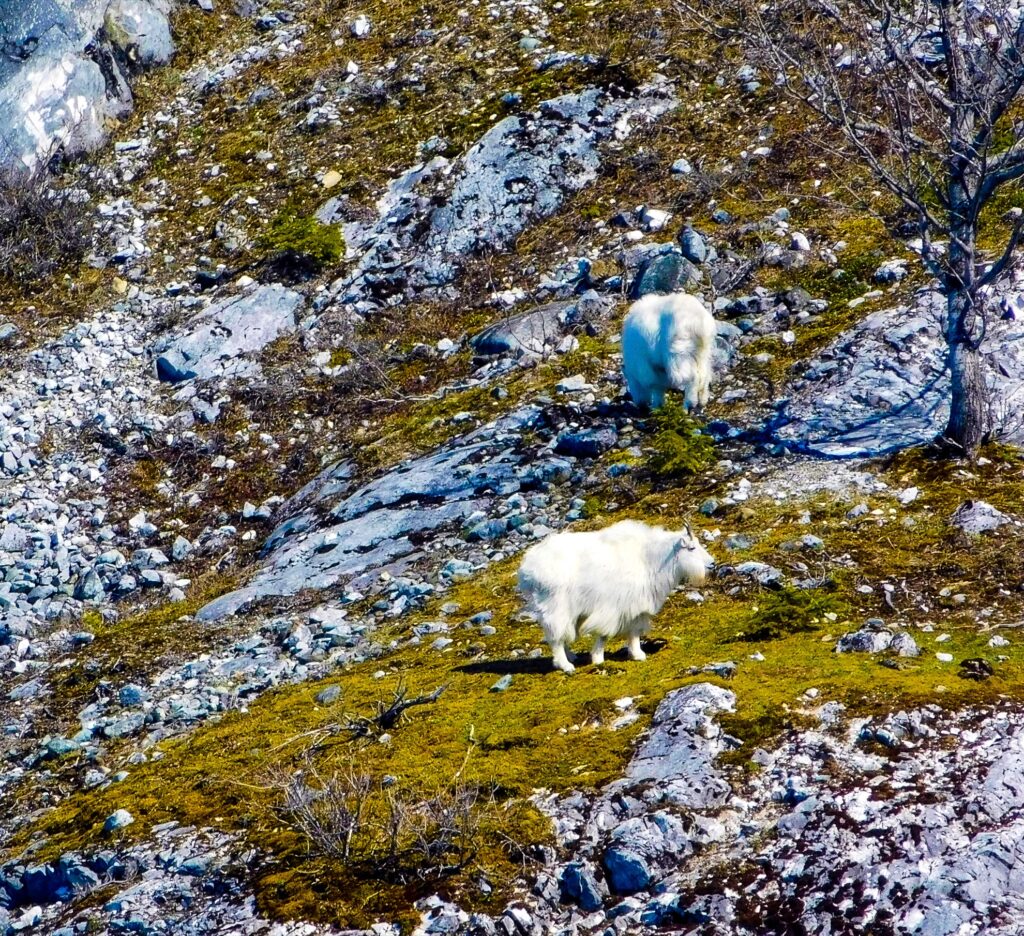
As we make our way out of Glacier Bay National Park, Gloomy Knob — yes, it’s a rock face shaped like a knob — appears before us. Spotted on the jagged rocks are wild goats, some with their young.
Further along the coast, we’re rewarded with our first sightings of bears — both black and brown. From a distance, they were tiny dots walking along the rock ledges, but zooming in with binoculars, you can actually see their faces. It’s here that I really regret not bringing along my zoom lens to properly capture these gorgeous creatures.
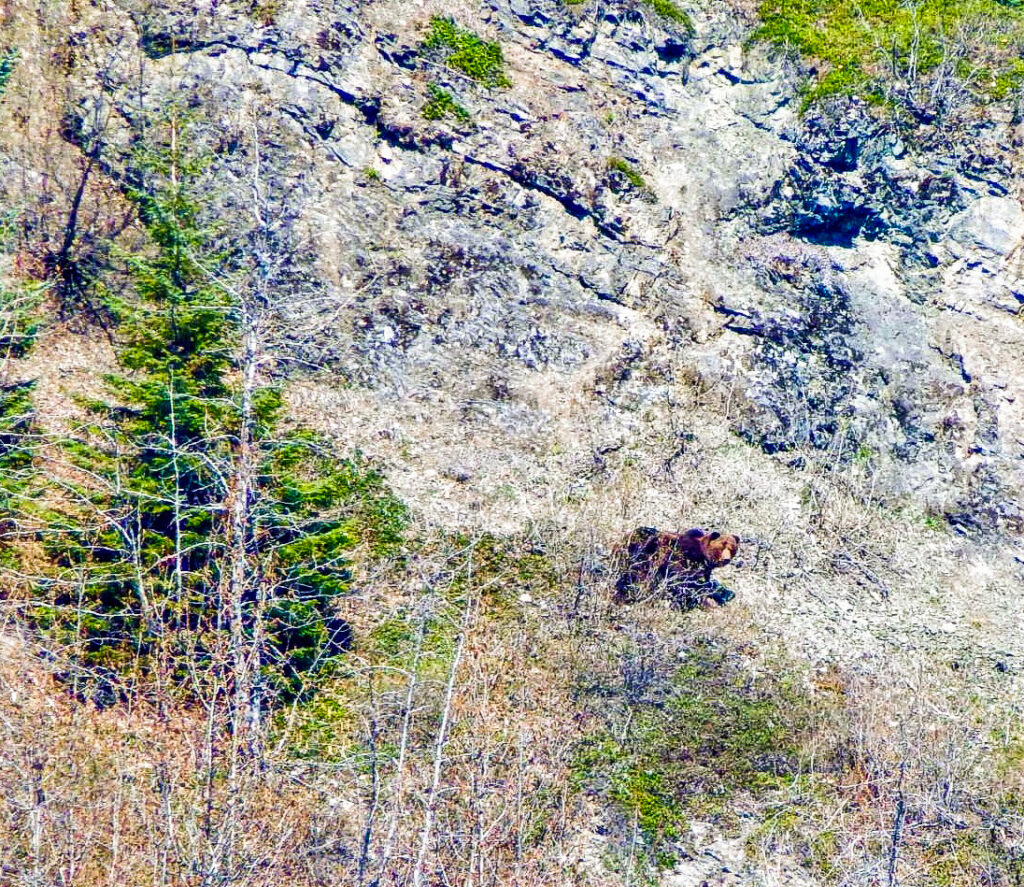
Jim Baichtal, geologist, is the resident U.S. Forest Expert on our cruise. He spots every living creature on the Gloomy Knob. He’s lived in Alaska for over 30 years and seems to know every facet of the wilderness. I saw more bald eagles flying overhead in the last few days then I’ve ever seen before. We spot pectoral sandpipers, cormorants, gulls, and many other birds whose names I can’t remember. Further down the inlet, we reach Marble Island and spot a colony of sea lions lazing on the rocks, looking much like fat brown sausages.

A few mothers are swimming with their pups. Jim eyes a dead Sea Lion on a rock and explains that he most likely challenged the alpha sea lion and lost the battle for dominance. You could see its blood on the rock — yikes! At last, I spot a humpback whale, or a small part of it, since they don’t breach the water for very long. The sighting signals that they’ve returned to their winter feeding grounds.
Later we see orcas, a family of three, swimming and most likely looking for prey. According to National Geographic, “orcas, also known as killer whales, are at the top of the food chain and are known to hunt in pods.” The mothers are very protective of their young.
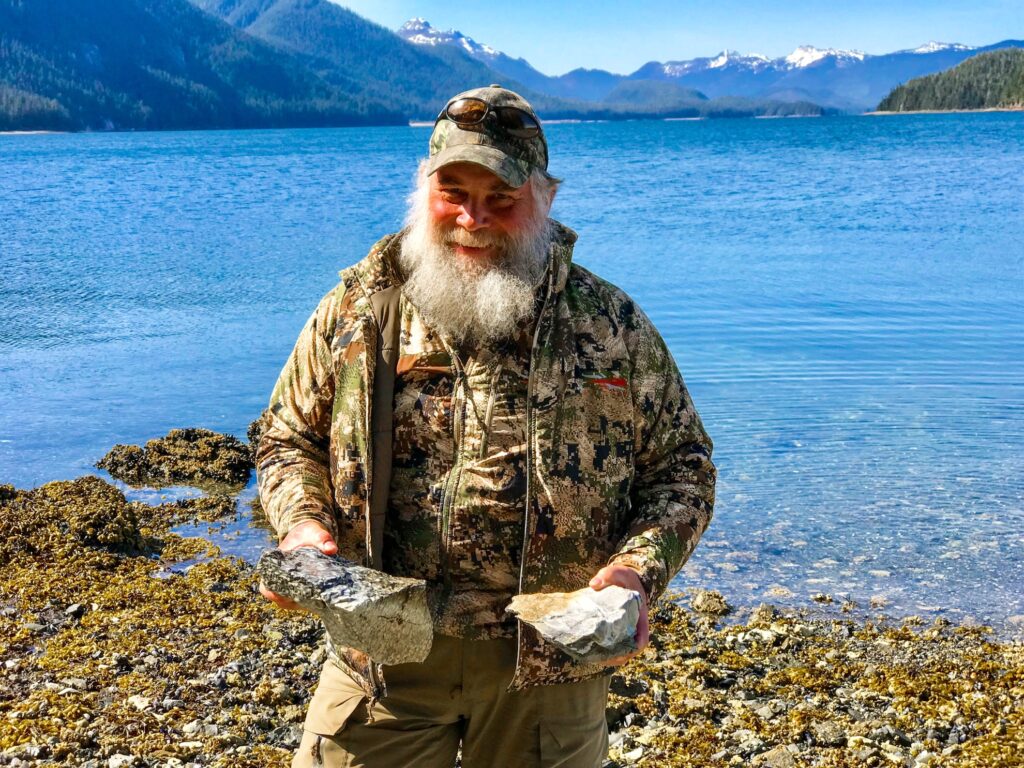
Halfway through our week in Alaska, a group of us join Jim on a fossil discovery tour around Big Bear Baby Bear State Marine Park in the Peril Straits. After stopping on two islands, we finally hit the jackpot on many fronts: We spot a colony of seals sunning themselves, a humpback whale swims past, and Jim finds and points out some 250-million-year-old fossils. As an avid rock collector, I select a small sample to add to my collection as well.
A good day indeed as we take the skiff back to the ship for cocktails and dinner.

Dining Well On The UnCruise Wilderness Explorer
Meals on the Wilderness Explorer are served in a communal dining room. But don’t think it’s just grub put out buffet style to feed the active diners. This is indeed a step above. Nutritious meals are crafted with the freshest ingredients, many locally sourced. A typical day starts with an early-bird breakfast of oatmeal, fruits, and freshly baked pastries; coffees are served in the lounge. An hour later, a full buffet breakfast is available in the dining room, with offerings changing daily from fresh blueberry pancakes to salmon scrambled eggs and avocado toast topped with a fried egg. One popular staple is the maple-infused bacon, which appears every day. I do my best not to eat more than two pieces.

Cocktails and appetizers are served in the lounge an hour or two prior to dinner. Trevor, the bar manager, whips up a daily cocktail creation for the guests to try — I’m the first in line more than once. He makes wicked dirty martinis and old fashioneds.
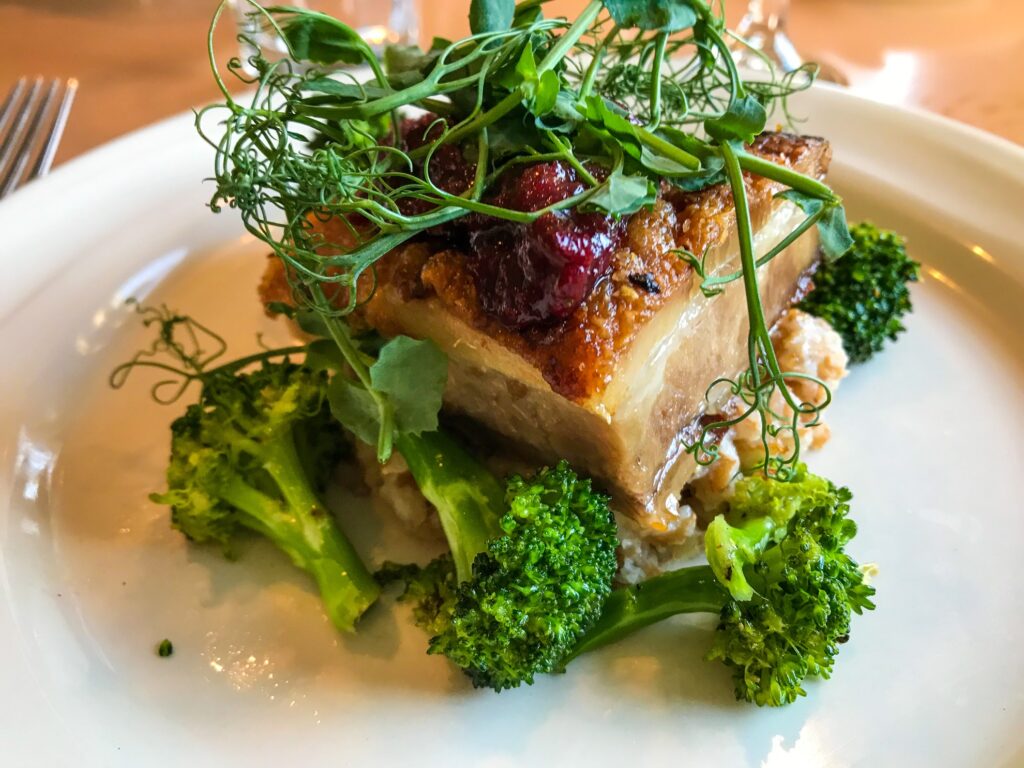
Dinner is a plated service and the chef does an outstanding job. Fish, meat, and vegan options are available each evening. The salads and vegetables are outstanding. I could go on and on about the desserts, which were delicious, especially the freshly baked strawberry shortcake.
This Alaska cruise — with all its excursions — was a treat for body and soul. Small ship cruising puts nature right on your doorstep, and Alaska is a natural choice: the beauty of the flora and fauna, the chill and freshness in the air. The experience awakened my imagination to all things in its past, and my hopes for the future.
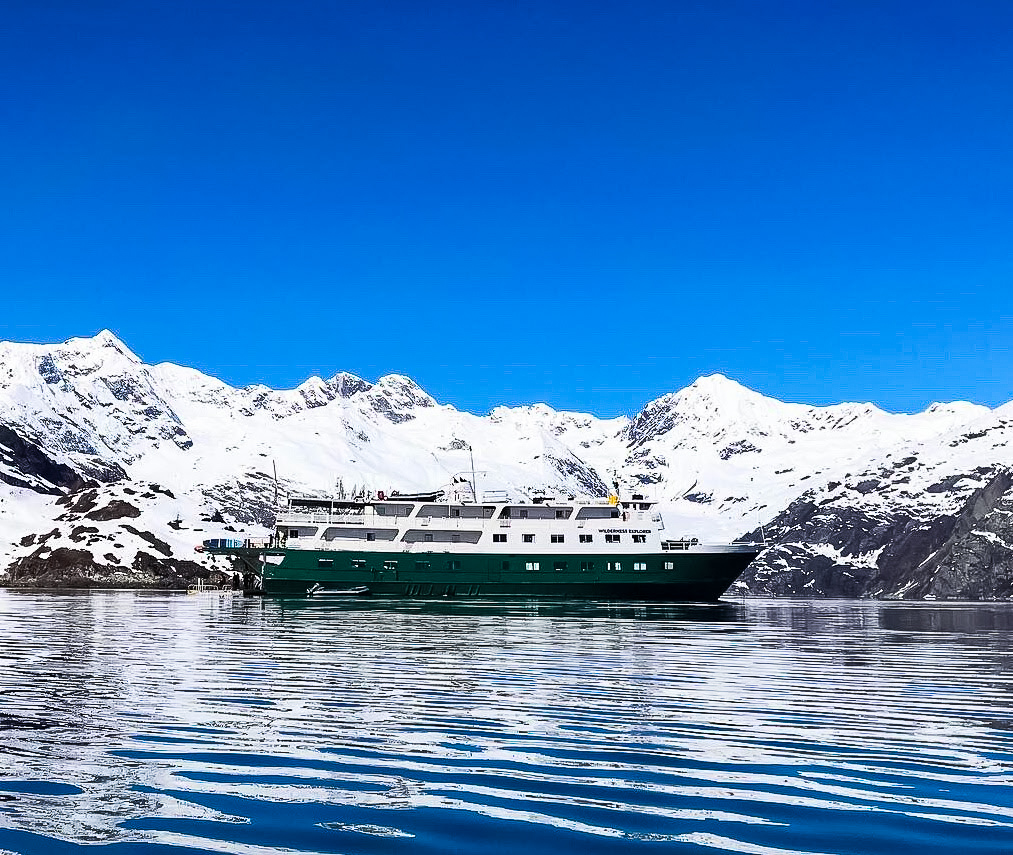
Preparing For An Alaska Cruise? Here Are A Few Tips
The cabins on the Wilderness Explorer were small but very comfortable. Pack light with smaller luggage, which will be easier to store in your wardrobe or under the beds. The dress code on the ship was very casual, so no need to bring any formal wear.
The weather in Alaska is very temperate and ranges from full-on sun to cold winds and rain. Be prepared by bringing the following (included in UnCruise’s packing guidelines):
- A wardrobe consisting of layers that you can add and remove as conditions change throughout the day. Note that multiple thin layers are much better than one or two thick ones, and opt for moisture-wicking, quick-drying fabrics as they’re most effective at keeping you warm. Limit your inclusion of slow-to-dry cotton in your cruise wardrobe.
- A heavy-duty rain jacket and at least one pair of pants made of waterproof fabric.
- Rubber boots that extend above the calf for wet landings and encounters in muddy terrain. Before investing in this gear, reach out to your cruise ship provider. UnCruise provides boots on board, so we didn’t have to lug these along.
- A reusable water bottle. UnCruise discourages single-use plastics and espouses sustainable practices, and you can get behind this effort, too.
- Binoculars. Again, UnCruise provides these for its passengers, but you may want to bring your own.
- Waterproof gloves. If you plan on bushwhacking or kayaking, these will contribute to your comfort and the enjoyment of your excursion.
- Cameras. If you’re interested in capturing spectacular shots of Alaska, then it’s advisable to bring a DSLR camera with a zoom lens.
